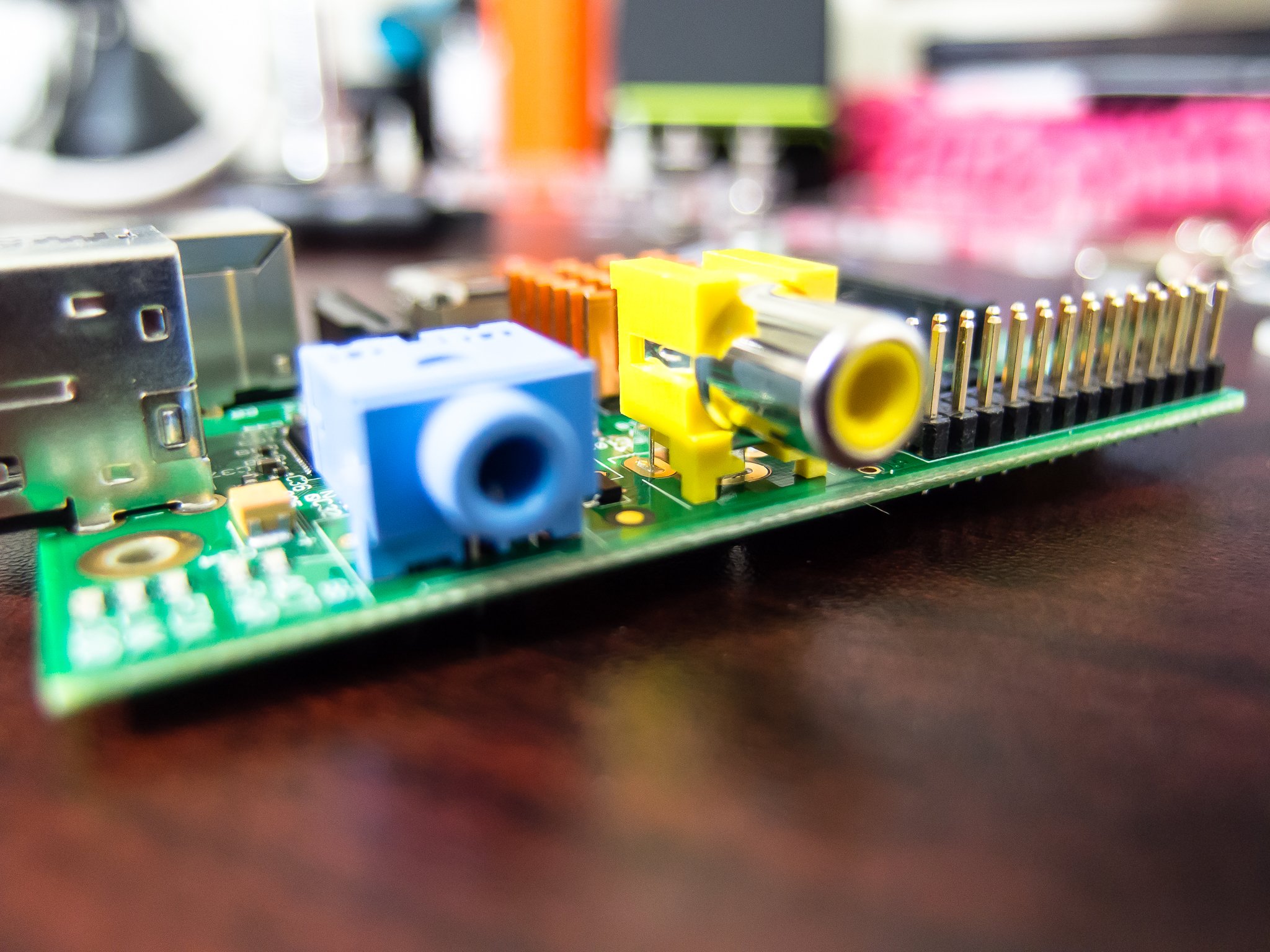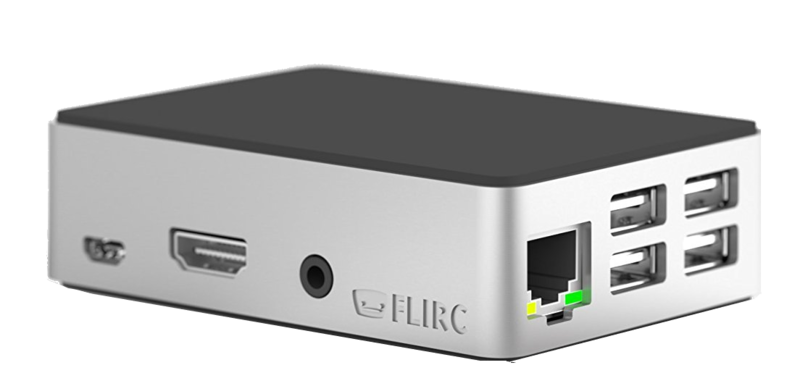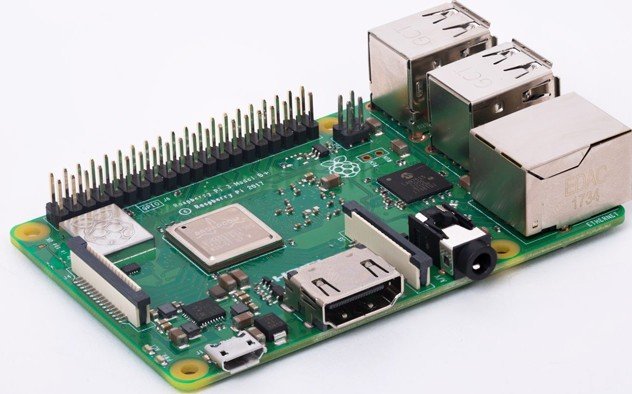Does the Raspberry Pi 3 B+ need a heatsink?

Best answer: Under normal conditions, the built-in thermal throttling will keep the Raspberry Pi running cool and safely with little impact on performance. However, there are times when you might want to add some extra heat dissipation.
- Amazon: Flirc Raspberry Pi Case ($16)
- Amazon: Raspberry Pi 3 B+ ($43)
You're already thermally protected
The Raspberry Pi 3 B+ was designed to run without a heatsink or fan. The processor and operating system use clock speed throttling to keep temperatures within a safe operating range and should the temps rise beyond normal, the CPU will be throttled from 1.4GHz down to 1.2GHz. Should temps continue to rise, additional throttling will occur and this continues until temperatures reach a critical level, which will force the unit to shut down.
In normal circumstances, a heatsink shouldn't be required and more attention should be given to a high-quality power supply should you have concerns about excess heat.
However, the Raspberry Pi is well suited to a variety of tasks and there could be times when thermal throttling isn't optimal. Hidden deep in a media cabinet and streaming HD video is one such example. If this is the case there are several options available that provide heat dissipation. However, we have one case we recommend above others.

Suited to the task
The Flirc Raspberry Pi case not only looks good but is a great heatsink, too. Built from solid aluminum with its own thermal pad integrated, this case is an excellent supplemental cooling solution.
You need an enclosure for your Raspberry Pi and if you also are looking for a passive cooling solution this case from Flirc has you covered. It looks so good you might want to use it even if you don't need any additional cooling!

The welcome version bump
The Raspberry Pi 3 B+ was designed to run without a heatsink or fan, so with a case that works as a heatsink, you should be more than OK.
With its1.4GHz 64-bit quad-core processor, dual-band wireless LAN, and integrated PoE (Power over Ethernet), this is the version bump that Pi enthusiasts need.
Be an expert in 5 minutes
Get the latest news from Android Central, your trusted companion in the world of Android

Jerry is an amateur woodworker and struggling shade tree mechanic. There's nothing he can't take apart, but many things he can't reassemble. You'll find him writing and speaking his loud opinion on Android Central and occasionally on Threads.
